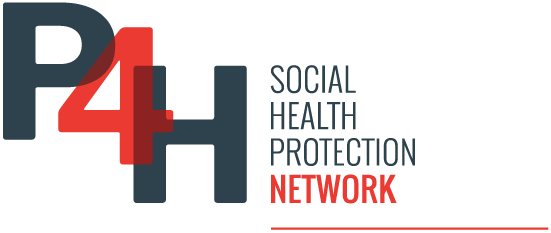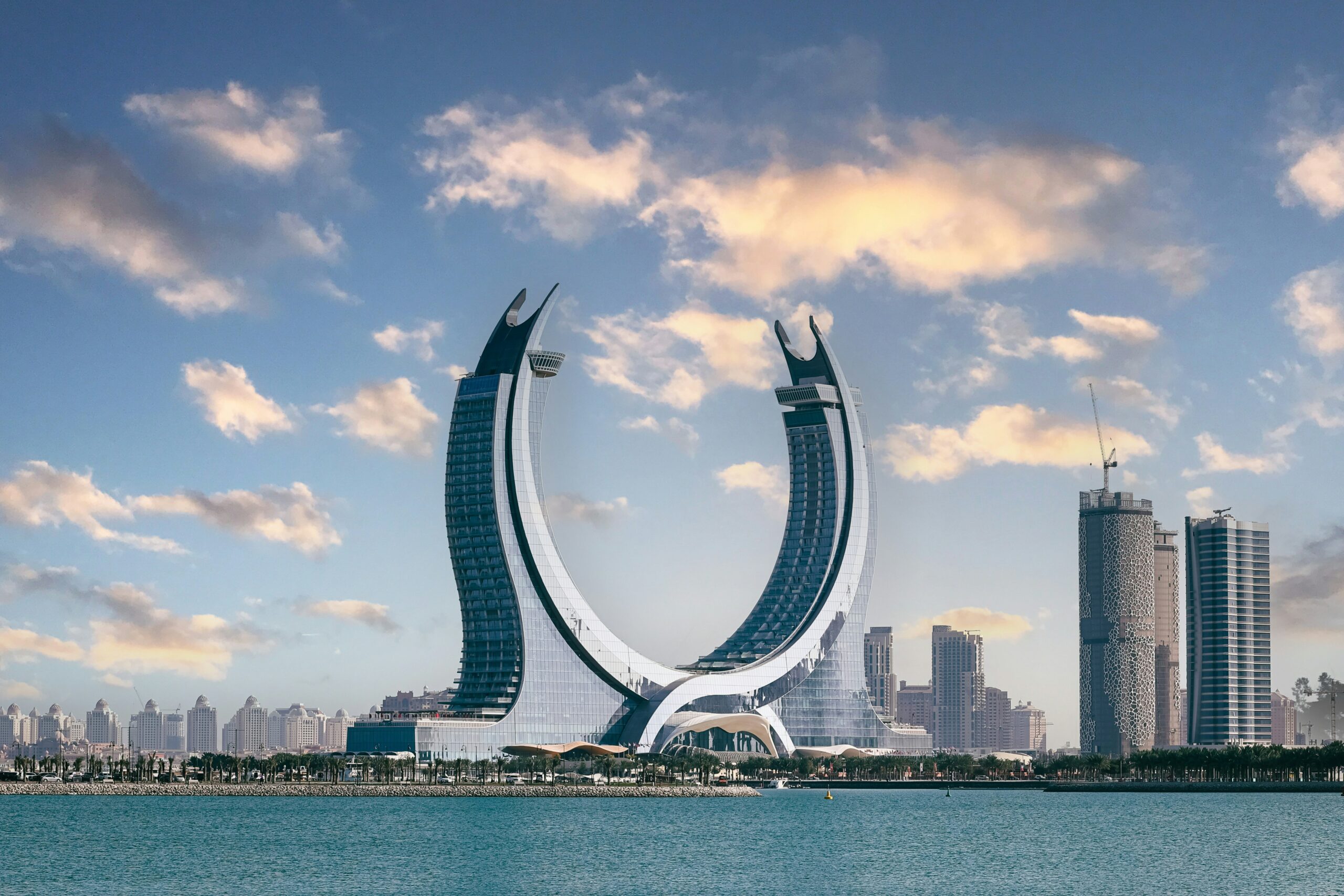The 2025 partnership between Al-Ahli Hospital, Hamad Medical Corporation (HMC), and other private providers is reshaping Qatar’s healthcare sector by enabling public-private collaboration to reduce wait times and improve equitable access, in alignment with Vision 2030.
The 2025 partnership between Al-Ahli Hospital and HMC, alongside three other private hospitals, marks a pivotal step in Qatar’s strategy to advance its healthcare infrastructure. This public-private collaboration seeks to address the challenge of long waiting times at public facilities by enabling patient referrals to private hospitals that meet HMC’s rigorous standards. The arrangement ensures quality assurance through formal protocols for diagnostics and staff, while seamless care coordination is achieved via shared patient records and treatment plans. Significantly, the referral process is governed by clinical need rather than nationality or social standing, aligning with Qatar’s goal of equitable healthcare access for all its residents.
This initiative not only relieves immediate pressure on HMC by redirecting routine cases, allowing it to concentrate on specialized and emergency care, but also positions Medicare Group (MCGS), Al-Ahli’s parent company, as a prime recipient of increased patient inflow and a trusted partner in the nation’s health sector. The partnership exemplifies Qatar’s embrace of public-private partnerships (PPPs) in line with the legal infrastructure provided by the 2020 PPP Law. Such frameworks are considered instrumental for future projects, including specialized clinical facilities and expansion of telemedicine capabilities.
Aligned with the National Health Strategy 2024-2030 and Qatar’s Vision 2030, the collaboration is part of broader moves to diversify the economy, optimize healthcare spending, and attract private investment and expertise. By offloading demand and focusing on value-based care, the system enhances efficiency and reinforces Qatar’s position as an emerging regional healthcare hub. For investors, sizeable opportunities lie in healthcare operations, infrastructure real estate, digital health technologies, and the burgeoning demand for advanced medical equipment.
Despite its promise, the model faces challenges such as the need for robust oversight to maintain standards, the risk of overburdening private partners, and rising competition among providers. Nonetheless, this partnership is widely seen as a blueprint for the Middle East, showcasing how collaboration between government and private entities can drive modernization, improve patient outcomes, and create a sustainable, investment-friendly healthcare sector.


